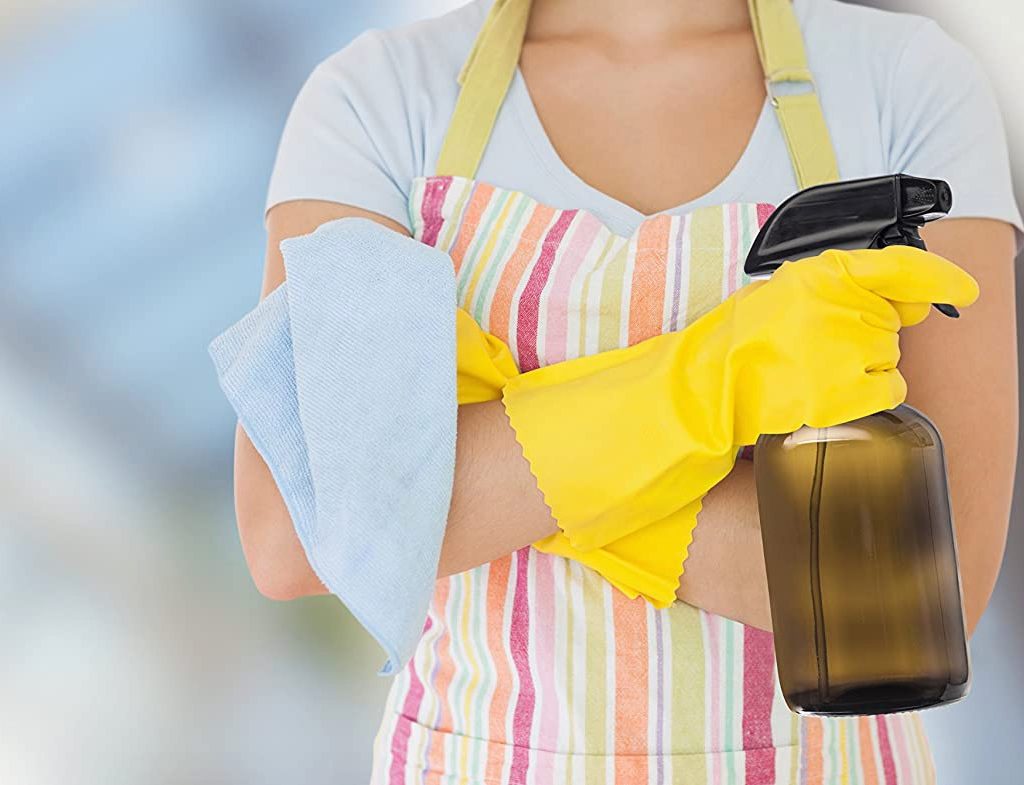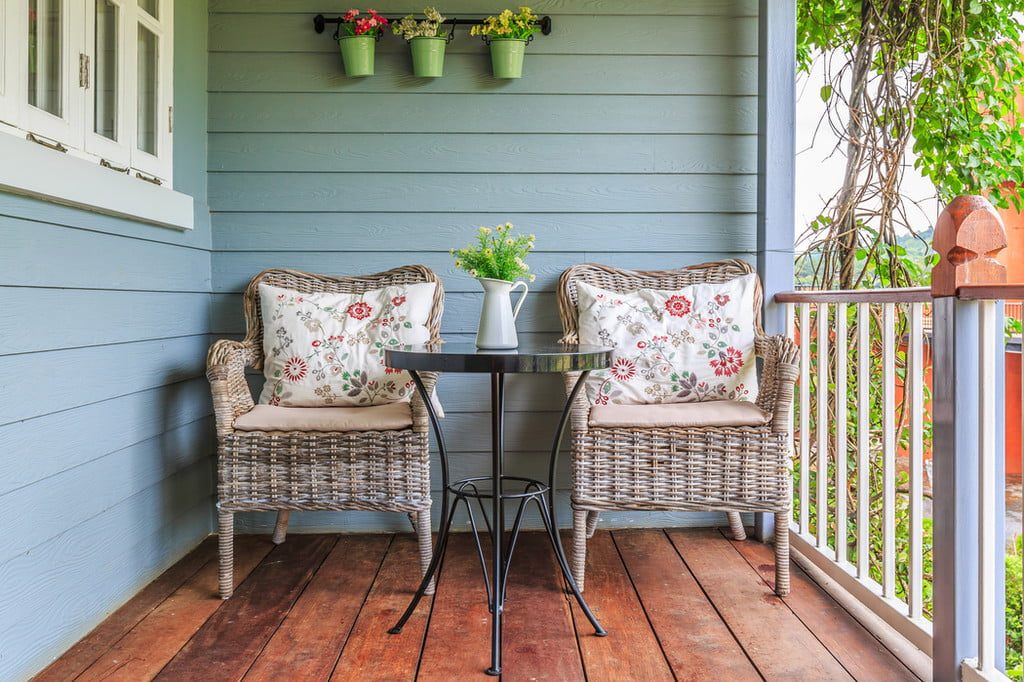Harsh weather—not to mention a long, cold winter—can wreak havoc on your outdoor furniture. To get the most enjoyment out of outdoor entertaining or lounging, you’ll want your outdoor furniture looking the best it can. There are many different types of outdoor furniture and different ways to clean each, but it can be confusing to know which method is best.
We’re breaking it down with our tips for the best ways to clean outdoor furniture and the best outdoor furniture cleaners, no matter which style of furniture you have.

Check for hard-to-eliminate stains, sticky messes caused by tree sap, or other damages incurred by being outdoors. Handle all of the big stuff before attempting to get your furniture cleaned and ready for a season of fun in the sun.
 The best outdoor furniture cleaner
The best outdoor furniture cleaner
There are many different types of outdoor furniture, each with its own unique strengths and weaknesses, and each with its best cleaner recommendation:
- Plastic: Some of the most inexpensive and popular outdoor furniture styles are made from plastic and resin. As luck would have it, plastic and resin furniture are also the easiest of all to maintain. Avoid using abrasive cleaners, which tend to scuff the surface, and instead, opt for a spray of simple all-purpose cleaner wiped down with a damp sponge or cloth. Our favorite tip for plastic furniture that’s extra dirty or grimy? Spray with ordinary men’s shaving cream, let sit for 10 minutes, and wipe clean! Perfection!
- Metal: Renowned for its durability and easy maintenance, metal including wrought iron and stainless steel, is always a popular outdoor furniture choice. A sponge or brush dipped into a mixture of a quarter cup of liquid dish detergent mixed into a gallon of warm water should do the trick for everyday cleanups. As with most metals, the biggest enemy for your metal furniture is rust. While most metal outdoor furniture is coated with a rust-resistant paint or other finish, the coating will wear off over time. When you spot patches of rust, steel wool can help buff it away. For more difficult or wide-spread rusting, you should occasionally refinish with a rust-resistant paint, such as Rust-oleum, to prevent further deterioration.
- Wicker: When properly cared for, wicker furniture can look beautiful for years to come. For everyday cleaning, a soapy bath of warm water mixed with liquid dish soap (two cups of water to a quarter cup of dish soap) should do the trick. As with all outdoor furniture, always rinse off residual soap when finished. While rust is a concern for metal outdoor furniture, the biggest concern with wicker is mold and mildew. If your wicker furniture is getting a touch moldy, add a cup of white vinegar to your soapy wash and use a toothbrush to clean hard-to-reach spots. It’s important to rinse and make sure wicker dries thoroughly, so we recommend cleaning wicker on warm days and let the furniture air dry in the sun.
- Teak: One of the inherent traits of teak is the rich silver-gray patina it will develop over time. This patina is not a defect or sign of dryness but occurs naturally with all fine teak wood furnishings over time. Teak is actually so weather-resistant, it won’t need winter storage or protective tarps—clean teak with a two-to-one ratio of laundry detergent with bleach and water. Apply with a soft bristle brush and hose off to remove leftover cleaner or dirt residue.
- Cushions: Seat cushions and covers likely need a little TLC, too. Fabric covers that zip off and toss in the machine for washing are ideal, but if not, you can follow the manufacturer’s recommended instructions for cleaning. A great DIY option is a solution made from a bit of dishwashing liquid mixed with water. Use a toothbrush or rag to treat spots and stains. Once cleaned, fabric cushions and covers should always be air-dried.
No matter which type of outdoor furniture you have, there’s a perfect cleaning product or method to get it back to looking showroom new. Spend an afternoon of careful cleaning today, for a season’s worth of al fresco dining, relaxation, and outdoor dining fun.
 The best outdoor furniture cleaner
The best outdoor furniture cleaner

